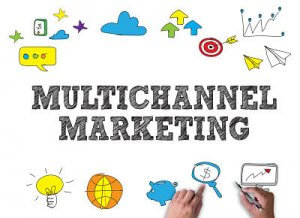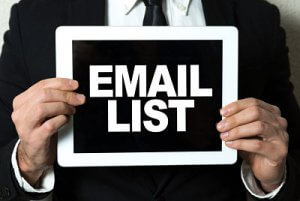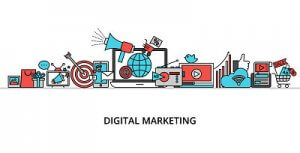You’ve got to multiply
August 22, 2018
 The new year is fast approaching and as you start working on your marketing plan for 2019, you’re going to need to multiply. Consider these facts.
The new year is fast approaching and as you start working on your marketing plan for 2019, you’re going to need to multiply. Consider these facts.
- The average US adult now spends over 100 minutes a day watching digital video (eMarketer)
- 26% of US adults listen to at least one podcast a month (statista.com)
- 65% of B-to-B marketers use infographics (Content Marketing Institute)
- 55% of B-to-B marketers use webinars and webcasts (Content Marketing Institute)
- 40% of consumers form an opinion by reading just one to three reviews (BrightLocal)
- 92% of consumers visit a retailers website before making a purchase (Episerver)
- Online adults 18-34 are most likely to follow a brand via social networks (MarketingSherpa)
Today’s consumer isn’t living a mono-channel life. We can’t get locked into one channel and hope that we can actually create an on-going conversation. We have to stay interesting and helpful for a longer period of time because we don’t control the pace or place of the conversation anymore.
We also can’t present our messaging in only one format. We have to stay interesting and multiply if we’re going to survive the long haul of earning and keeping our audience’s attention.
Your prospects can stay in the consideration stage for a day or a decade, and we need to be able to not only wait them out, but we also need to work hard to stay on their radar screen for that entire time. Marketing is becoming an endurance sport, and we have to hang in there long enough to have a shot at winning the new customer.
Life is not linear or logical. If we’re trying to be a part of our audience’s narrative, we need to be where they are, and as you can see by the statistics I’ve given you, they’re all over the place. I’m not suggesting that you need to dominate all of the channels, but you need to carefully consider which mix of them make sense for your product, service or brand.
To know which tactics will serve you best, you need to truly understand the buyer’s journey and where along the way they intersect with different mediums. As you can see from the data I’ve shared, odds are your potential buyers are consuming a little bit of everything, from infographics to webinars to videos. You also need to understand how to multiply – how to present your brand’s products and services in the best light. Does it lend itself to a visual presentation? How critical is data to the buying decision? This is all about knowing your buyers and what you sell and figuring out how to make the most effective connections.
The multi-channel approach will serve your organization well. It allows you to show up in many places, with the same consistent messaging so that those impressions stack upon each other and over time. Remember the know • like • trust continuum we’ve talked about many times. Consistency in messaging moves the prospect along that continuum more quickly.
Multi-channel also means you’re more likely to connect with your potential buyers on the channels where they feel most comfortable. We hear better and understand more deeply in our native language. The same is true about our communication channels. If you connect with a prospect where they spend most of their time, they’re less distracted and more open to hearing what you have to say.
On the flip side, trying to juggle multiple channels is a drain on your resources. So you’re going to want to multiply or choose carefully and judiciously.
Stay tuned because we’re going to explore each of the tactics (video, podcasting, infographics, webinars, webcasts, reviews, websites and social media) and identify how they might fit into your plans for 2019.
More








